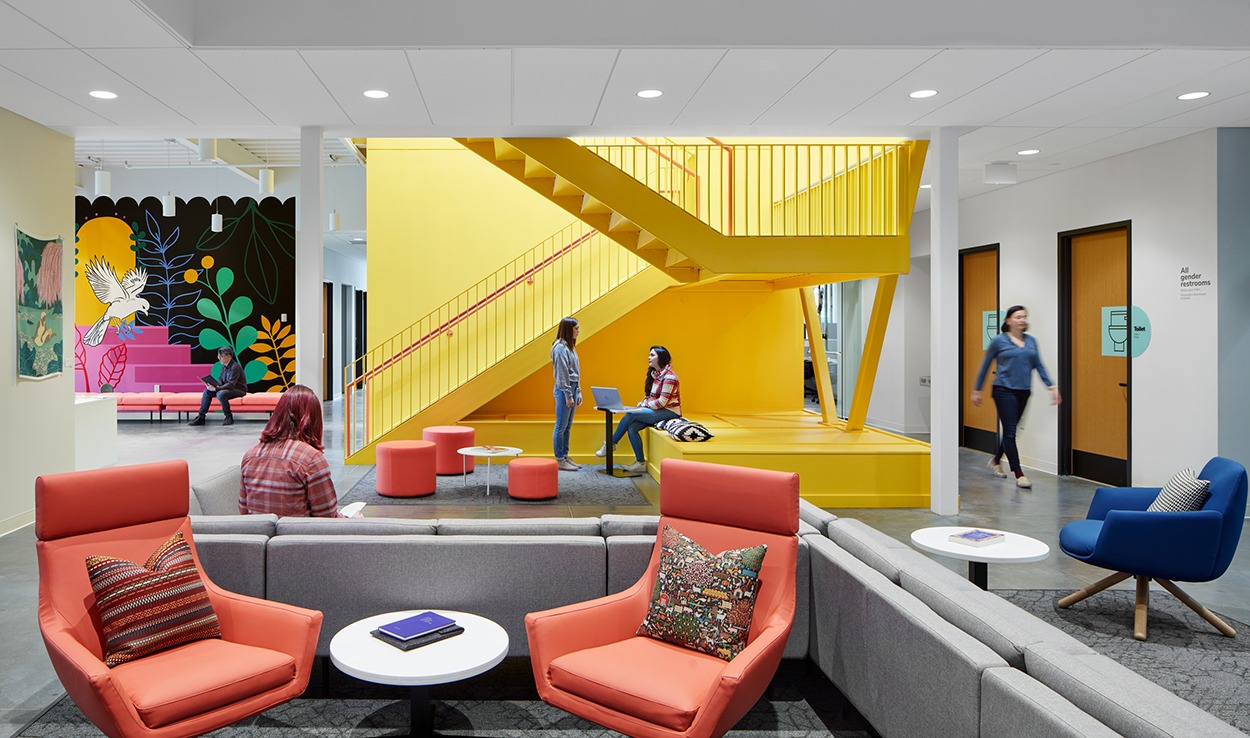 I'm not sure what I think of the current hospital star ratings on the U.S. government's Hospital Compare website.
I'm not sure what I think of the current hospital star ratings on the U.S. government's Hospital Compare website.
Because they're based on HCAHPS scores -- 32 multiple choice questions that patients answer after they've left the hospital. They may or may not remember exactly what happened during their stay. They may only remember the bad things. Or the good things.
Orchestrating memorable events is what becomes the patient experience. And the design of the physical environment is definitely part of the patient experience.
Yet, only two HCAHPS questions directly address the physical environment:
- During this hospital stay, how often were your room and bathroom kept clean?
- During this hospital stay, how often was the area around your room quiet at night?
I could also argue that the design of the physical environment affects communication between staff and patients/families and possibly even pain management. But it's a little more of a stretch.
Does it matter to healthcare executives? 86% of those surveyed by Health Facilities Management/American College of Healthcare Engineers recently said patient satisfaction is “very important” in driving design changes. And 54% who responded to Healthcare Design's A/E/C survey reported that improved patient satisfaction/HCAHPS scores was a common client goal.
Hospital Star Ratings System Too Harsh?
There has been criticism of the hospital star rating system because it is too harsh. Only 251 received a five-star rating in April when CMS rolled out the first part of a broader ratings initiative.
The release of an overall quality hospital star ratings system has been delayed because of complaints that the data didn’t take into account hospitals that treat patients with low socioeconomic status or multiple complex chronic conditions. That seems reasonable, but the reality is that no measurement system is perfect.
And like I said in the beginning, relying on patients to remember what they experienced is tricky. But here's an interesting fact: Many patients are also sharing their experiences in real time on social media.
According to researchers at Boston Children's Hospital, who analyzed 400,000 tweets, 9% of them were about food, money, pain, room condition, wait time, communication with staff, discharge, medication instructions, side effects, or general satisfaction. Not all the comments were negative, either.
So, between the data and chatter, patients should be able to make informed decisions about where they get their healthcare. Hospitals with poor star ratings better be ready to up their game -- looking at everything they can do to improve the patient experience, including the design of the physical environment.
P.S. Please do me a favor -- if you liked this post and like this blog, please share it with others by sending them the link and/or post it on your Twitter, LinkedIn, or Facebook, etc. Also, don't forget to subscribe, so you'll get emails when new content is posted. Thanks!






